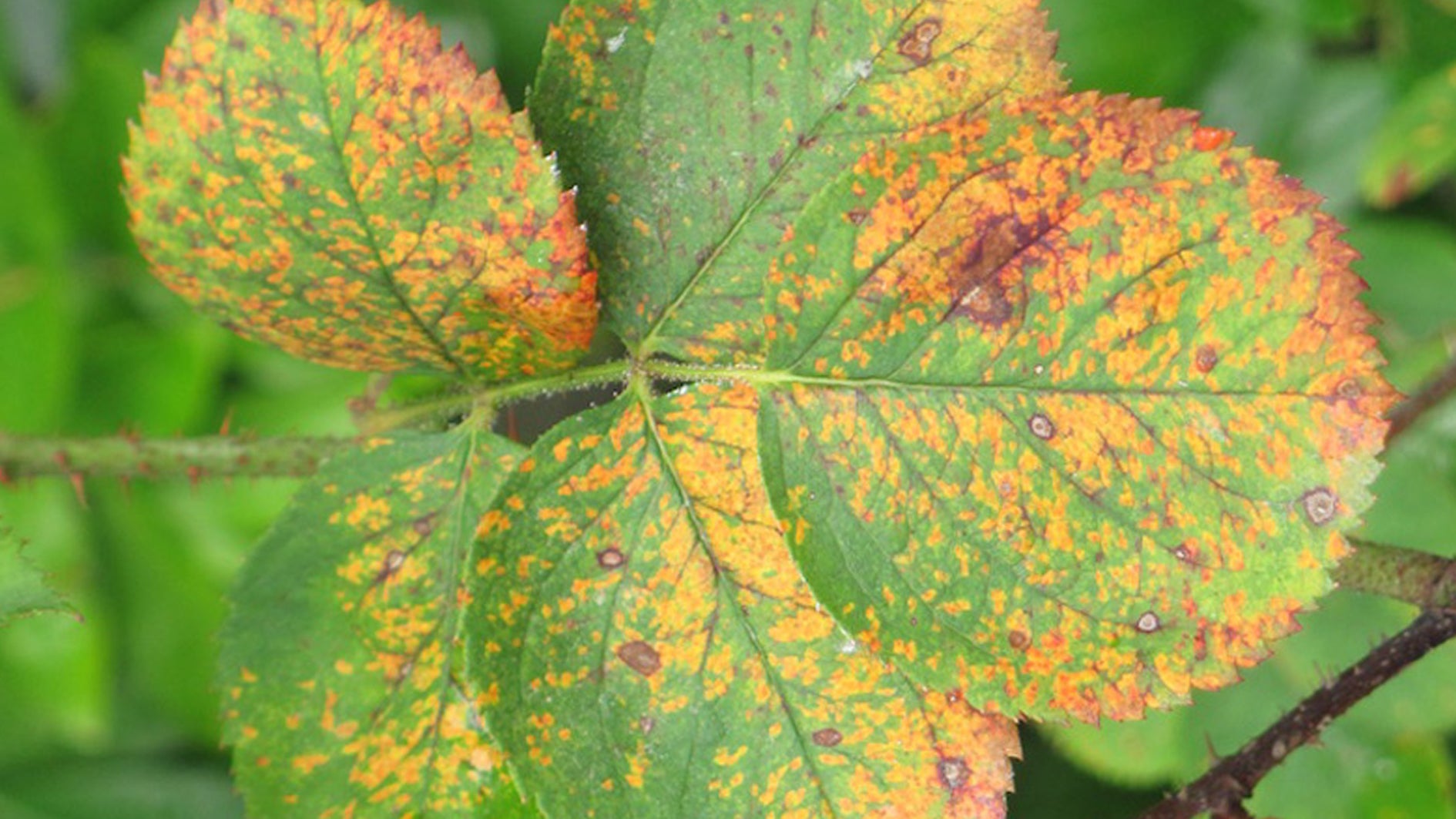
Rust
21 Jul, 2021
Rust fungus causes pustules or markings on the leaves that often look like iron oxide (rust) often causing leaves to twist or distort. A wide variety of garden plants are affected by rust. The disease is unsightly, and can affect the vigour and yield of plants. Pustules are often reddish brown, though some rusts come in other colours, including yellow, white, and black.
Rust is spread by spores that are transferred from infected plants to healthy plants. These spores can be transferred either by the wind or by water, which is why rust disease often spreads after watering. Wet surfaces are also needed to cause infections.
Prevention
Rust is very hard to prevent remember healthy plant are less likely to be infected. Keep plants well fed and watered through out the hotter months.
The best time to water is in the morning, watering into the soil (not onto the plants) as this will help prevent the spread of the spores.
Remove all infected plant material from the plant and the ground and dispose of in the rubbish. Don't put this in your compost as they spores will remain ready to infect again.
Natural Treatment
Spray with Grosafe Free Flo Copper through out the growing season.
Note: Avoid spraying when rain is expected or when plants are dry and suffering from moisture stress.
Other Treatment
Remove affected leaves. In worse cases follow up by spraying leaves with Liquid Copper. Spraying 4 times a year with a copper spray is often allowed under organic certification.
Note: Avoid spraying when rain is expected or when plants are dry and suffering from moisture stress.
When using sprays and chemicals always read the label and follow instructions carefully. Spray in the evening to avoid harming beneficial insects.